Action Program No. 46-Ctr/TU dated December 26, 2022 of the Provincial Party Standing Committee (term XIV) implementing Conclusion No. 36 of the Politburo (term XIII) on ensuring water security and safety of dams and reservoirs by 2030, with a vision to 2045, emphasized: Binh Thuan is a province located in the arid region of the country.
Over the past years, the work of ensuring water resources for production, daily life and the safety of dams and reservoirs has always been focused on by Party committees, authorities, departments and functional branches, leading, directing and organizing the implementation with positive results. However, ensuring water resources security and dam and reservoir safety still has many limitations, requiring many appropriate solutions in the coming time.
Lesson 1: Irrigation reservoirs – benefits and risks
Irrigation plays a decisive role in the growth of area, productivity and output in agricultural production. At the same time, it preserves the ecological environment and prevents natural disasters. However, in the face of complex and unpredictable developments of natural disasters, the risk of dam failures, many irrigation reservoirs are seriously damaged and subsided, likened to "water bombs", which are a constant concern for everyone.
Beneficiaries
Ham Thuan Nam District, in the past, was one of the most arid areas of the province. Currently, in the rainy season, the reservoirs in the area are basically full of water, ensuring irrigation for dragon fruit and rice plants and providing a guaranteed water source for water plants, to serve the people's daily water supply. The area around Du Du reservoir, since being connected to the irrigation network, has become a vast green color of lush dragon fruit trees.
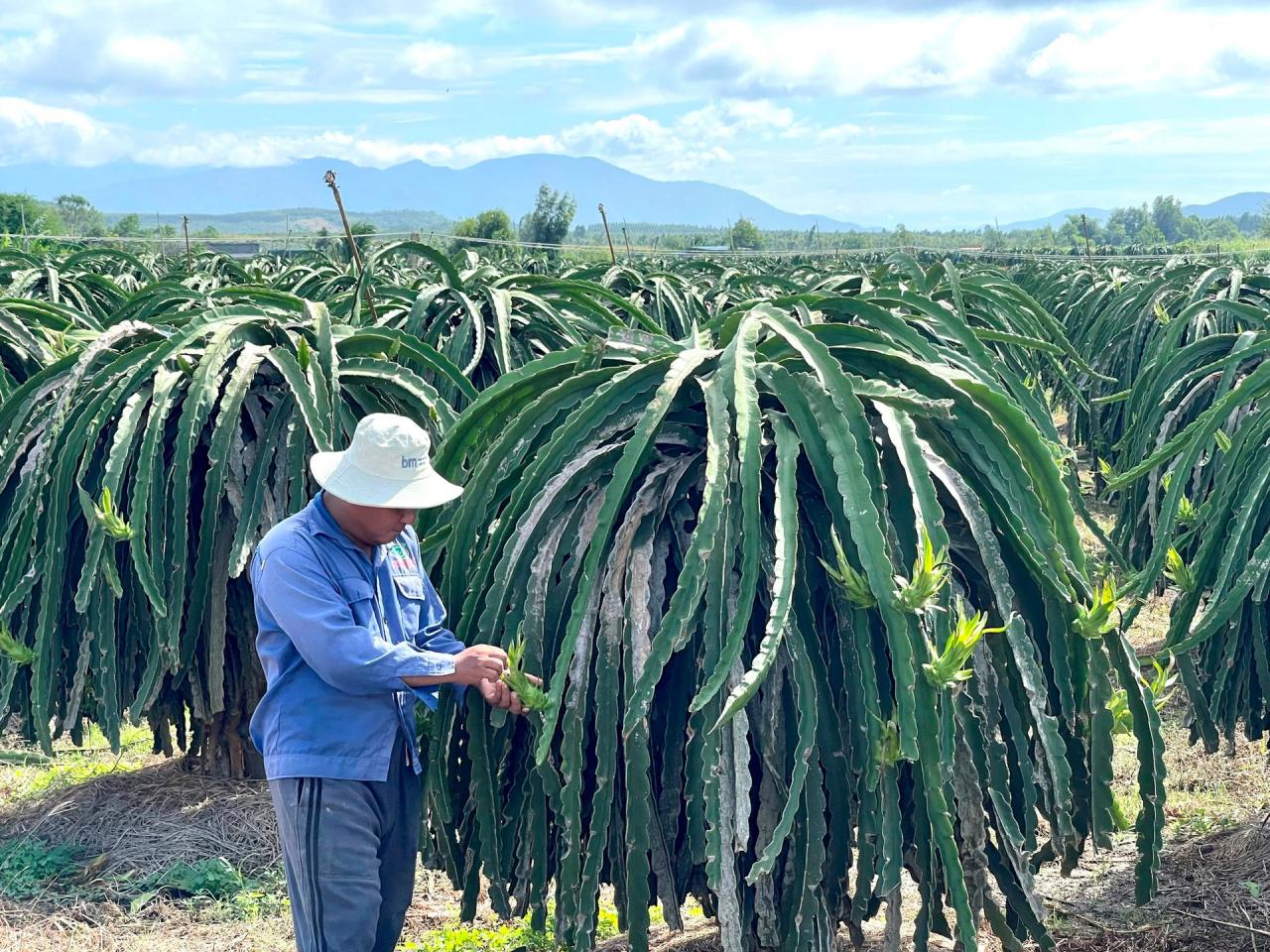
Simple farmers like Mr. Huynh Van Kiet - Phu Tho village, Ham Cuong commune are benefiting from the water source of Du Du lake. Mr. Kiet's family is producing more than 2,000 dragon fruit pillars near the reservoir area and happily shared: This place used to be an arid area, in the past, the daily life and agricultural production of local people were extremely difficult due to lack of water, especially in the dry season. Since the irrigation water source has been available, the efficiency of dragon fruit production of his family has been significantly improved.
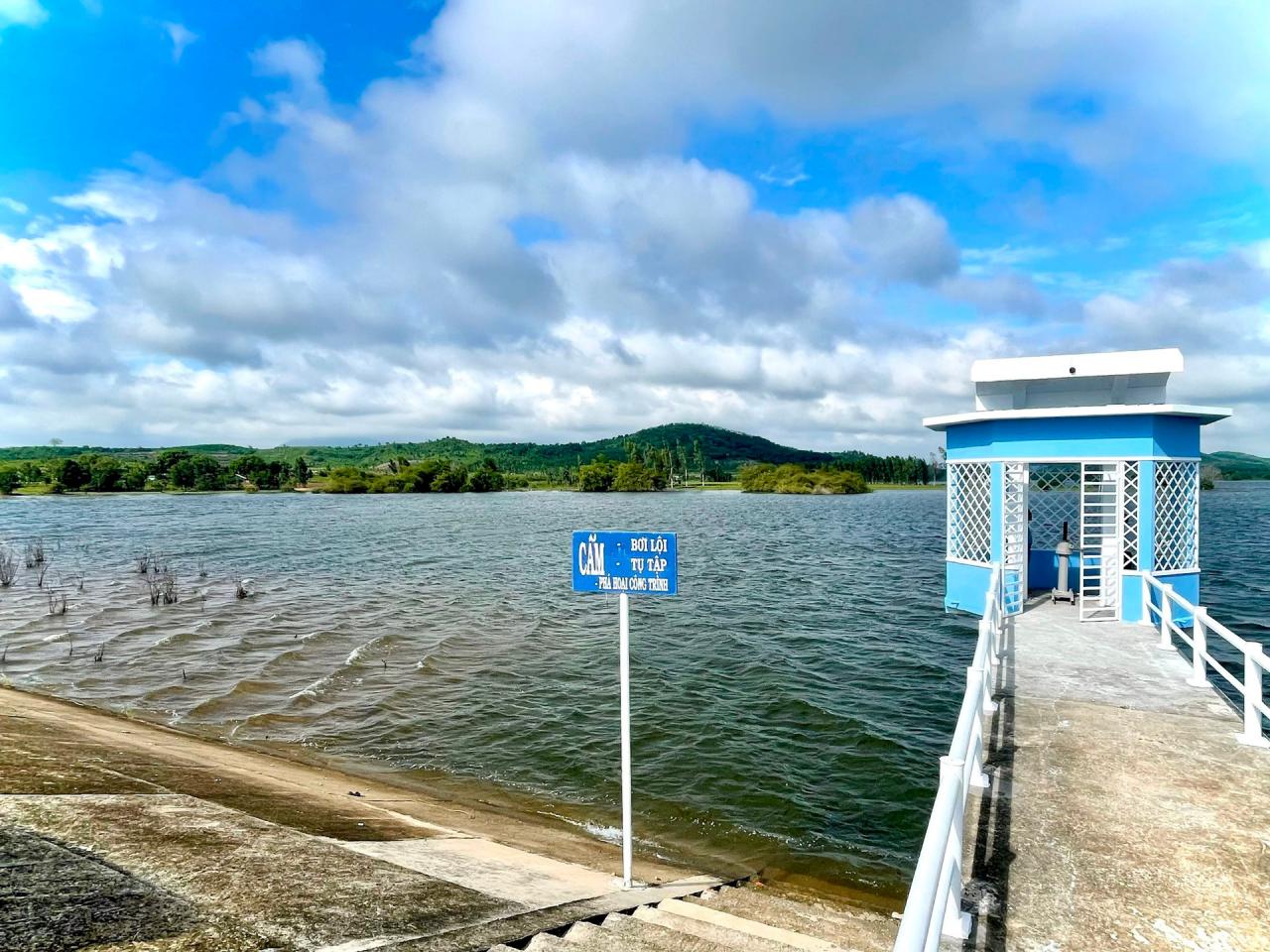
According to Mr. Kiet, as one of many households that benefited, he realized that he, his family and the people need to be aware of protecting the safety of the reservoir, saving irrigation water, not littering, not encroaching on the safety of the reservoir corridor to contribute to protecting the safety of the irrigation works, especially during the rainy and stormy season. Since the lake was built, people have always been aware of joining hands to protect the irrigation works with the functional units. When he discovered suspicious signs or strangers trespassing or causing damage in the construction area, he immediately reported it to the reservoir management staff for timely resolution...
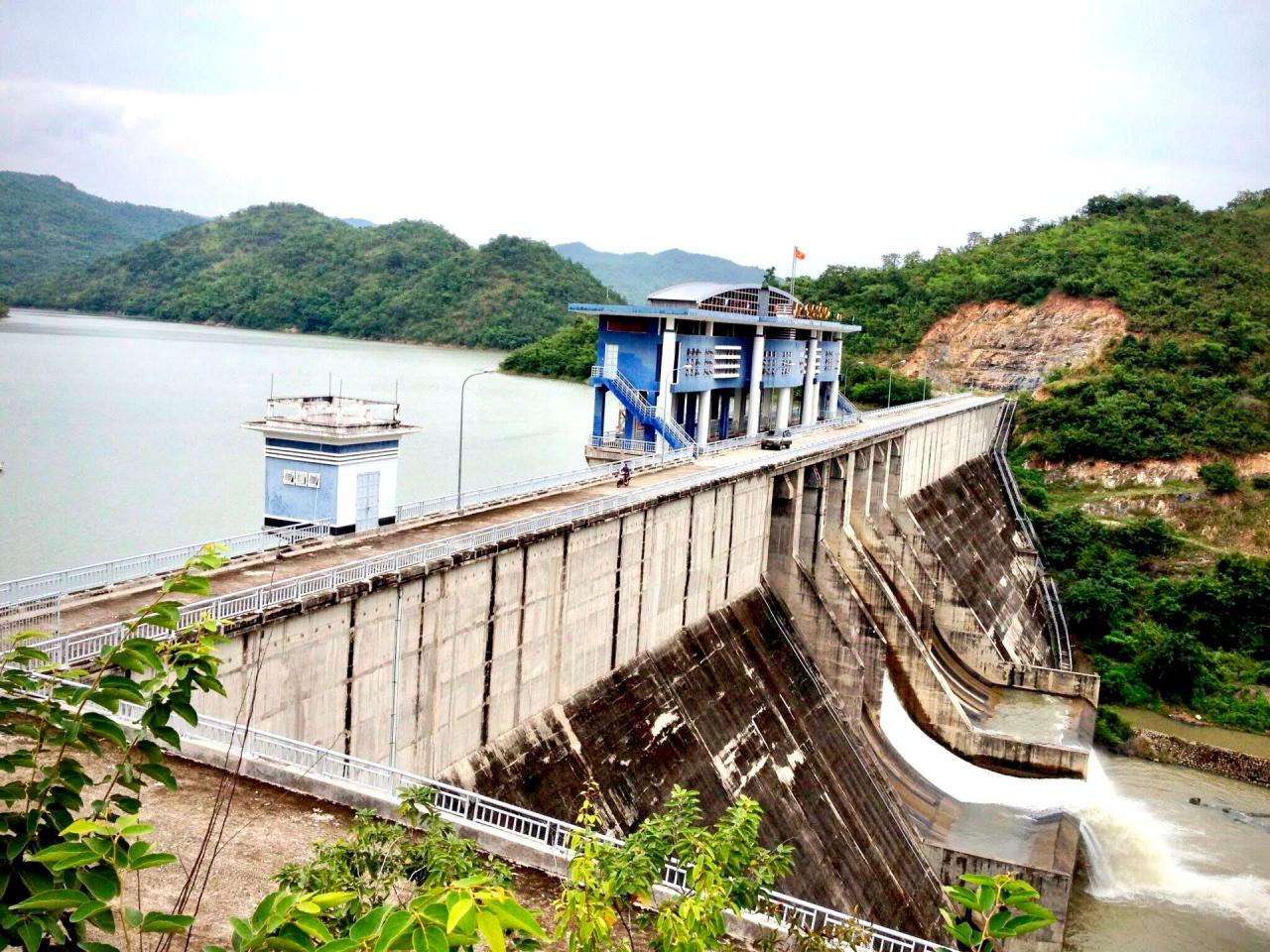
According to the assessment of the Department of Agriculture and Rural Development: Binh Thuan after more than 30 years of re-establishment of the province (1992), from an arid locality, mainly has medium and small irrigation works (including 144 works, including 4 reservoirs, 8 pumping stations, the remaining 131 dams and small ponds) with a design irrigation capacity of 27,400 hectares, proactive irrigation for 11,000 hectares. But up to now, the whole province has 78 irrigation systems put into operation with a total designed irrigation capacity of 70,300 hectares, a total storage capacity of 324 million m 3 , including 21 reservoir systems, 35 dam systems, 18 pumping station systems, 4 networked canal systems...
The highlight is that with the attention and support of the Central Government, the province has made efforts and invested heavily to complete many large irrigation projects such as Song Quao, Ca Giay, Long Song lakes, Phan Ri - Phan Thiet irrigation project, Ta Pao dam, Song Dinh 3 lake, Song Mong lake, Song Luy lake... At the same time, priority is given to investing in water transfer channels to arid areas and coastal flats; building 15 networked canals with a length of 265 km, which are effectively performing the task of supplying water, increasing irrigation of 19,700 hectares and expanding the irrigation area of 18,000 hectares... In particular, from 2001 to now, Binh Thuan irrigation has had 2 major changes, when using water sources in river basins outside the province to bring high economic efficiency, namely Ham Thuan - Da Mi hydropower plant and Dai Ninh hydropower plant...
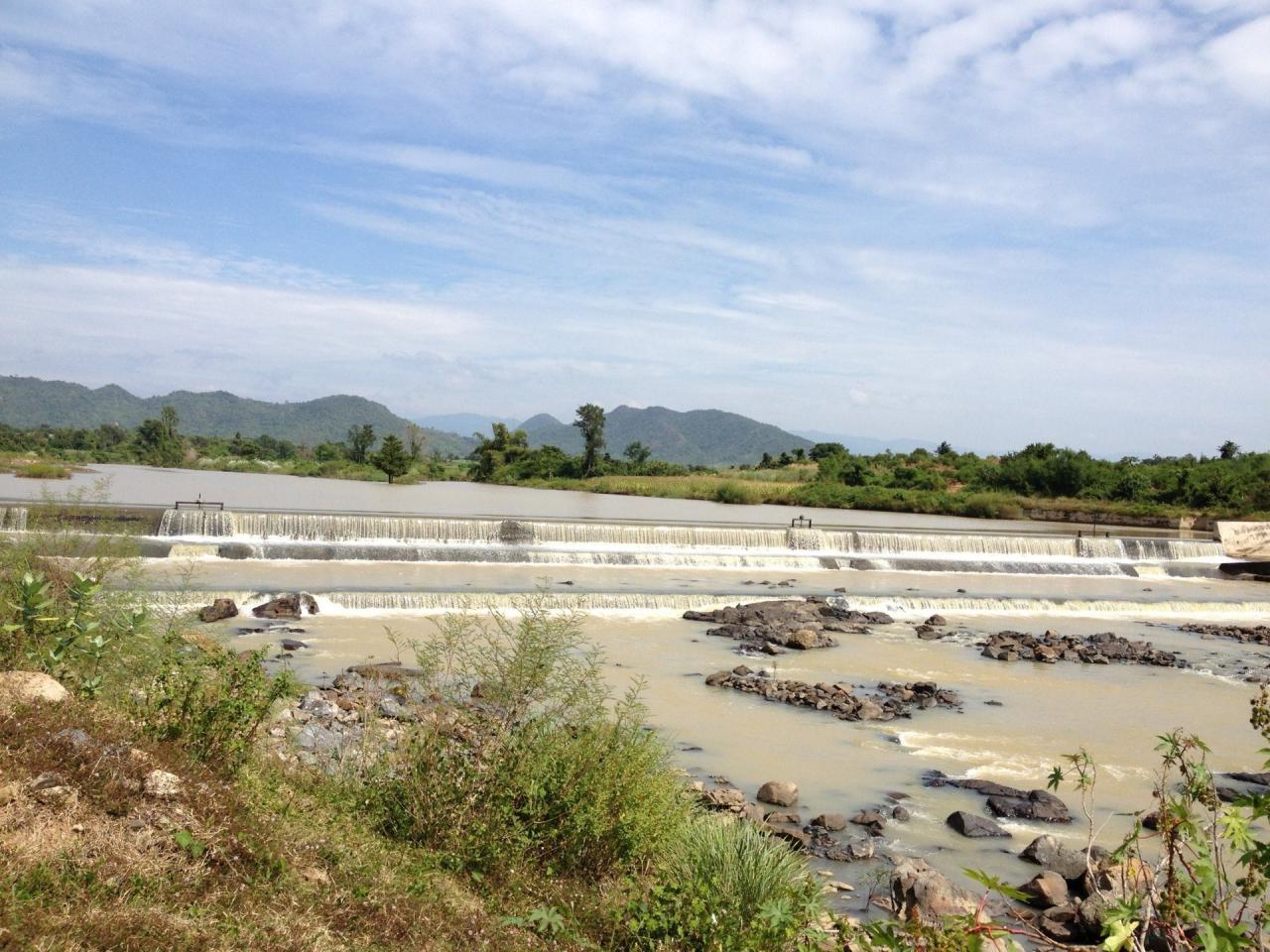
Looking back on the past, thanks to good investment in projects, especially the initiative to build irrigation "network" canals, up to now the whole province has proactively irrigated over 50% of the cultivated land area that needs irrigation every year. At the same time, water supply meets and ensures the living needs of the people. Thanks to irrigation, the province's agricultural sector has developed rapidly, truly creating deep trust among the people in the Party and State's policy of agricultural and rural development. The imprint of irrigation has contributed positively to hunger eradication and poverty reduction, ensuring food security, rapidly increasing the number of farming households getting rich legitimately, many rural areas have improved, and people are assured to stabilize their lives. This is a great achievement of many generations of provincial, district and sector leaders, decisive and meaningful for a dry province like Binh Thuan.
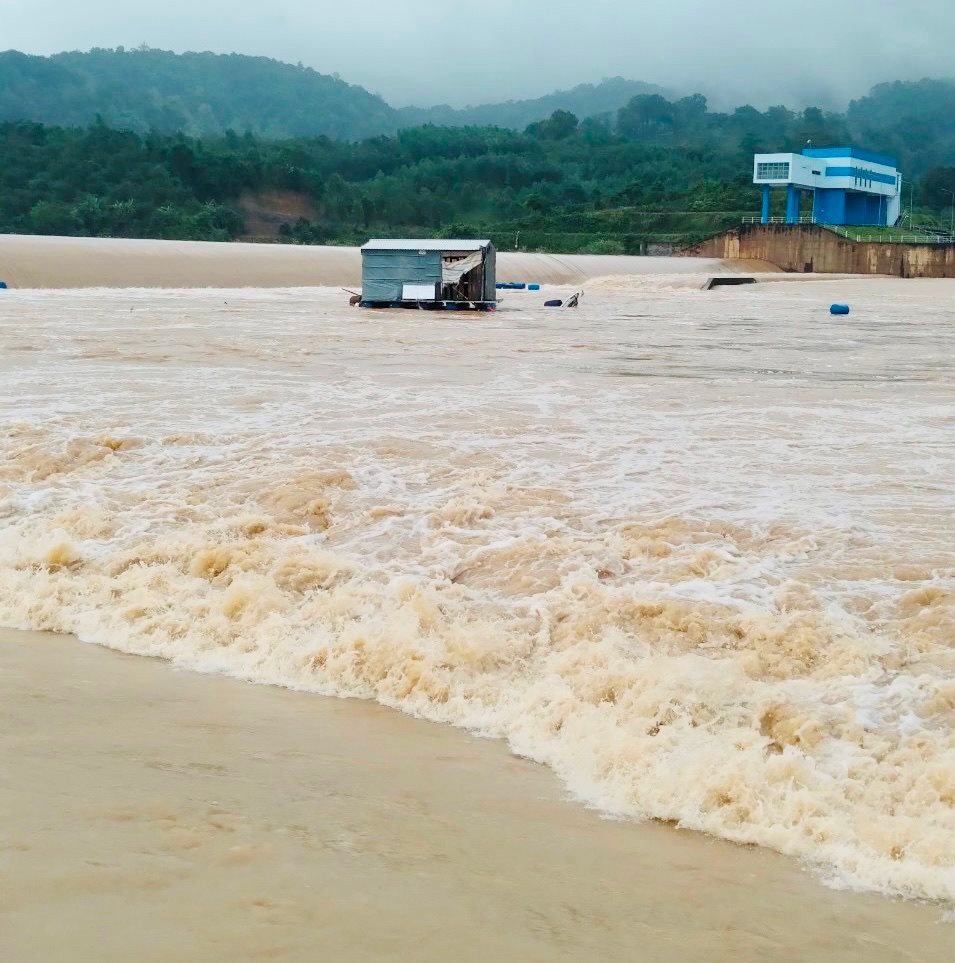
Challenges in the face of climate change
Faced with the complex and unpredictable developments of natural disasters, the risk of dam failures, many irrigation reservoirs have subsided and been seriously damaged... These are the news continuously updated on the media at the peak of the 2023 storm season. In particular, in late July and early August 2023, after prolonged floods, many irrigation reservoirs in the Central Highlands have subsided, eroded, and been seriously damaged.
In Binh Thuan alone, calculating the storage and balancing of water for people's daily life and production in the dry season is not easy. On the contrary, in the rainy season, ensuring the safety of reservoirs and downstream areas requires more initiative and contribution from not only the managing unit. At the end of July and the beginning of August 2023, the flood situation in the province was extremely complicated, causing tens of billions of VND in damage due to flooding of houses, crops, and internal traffic works...
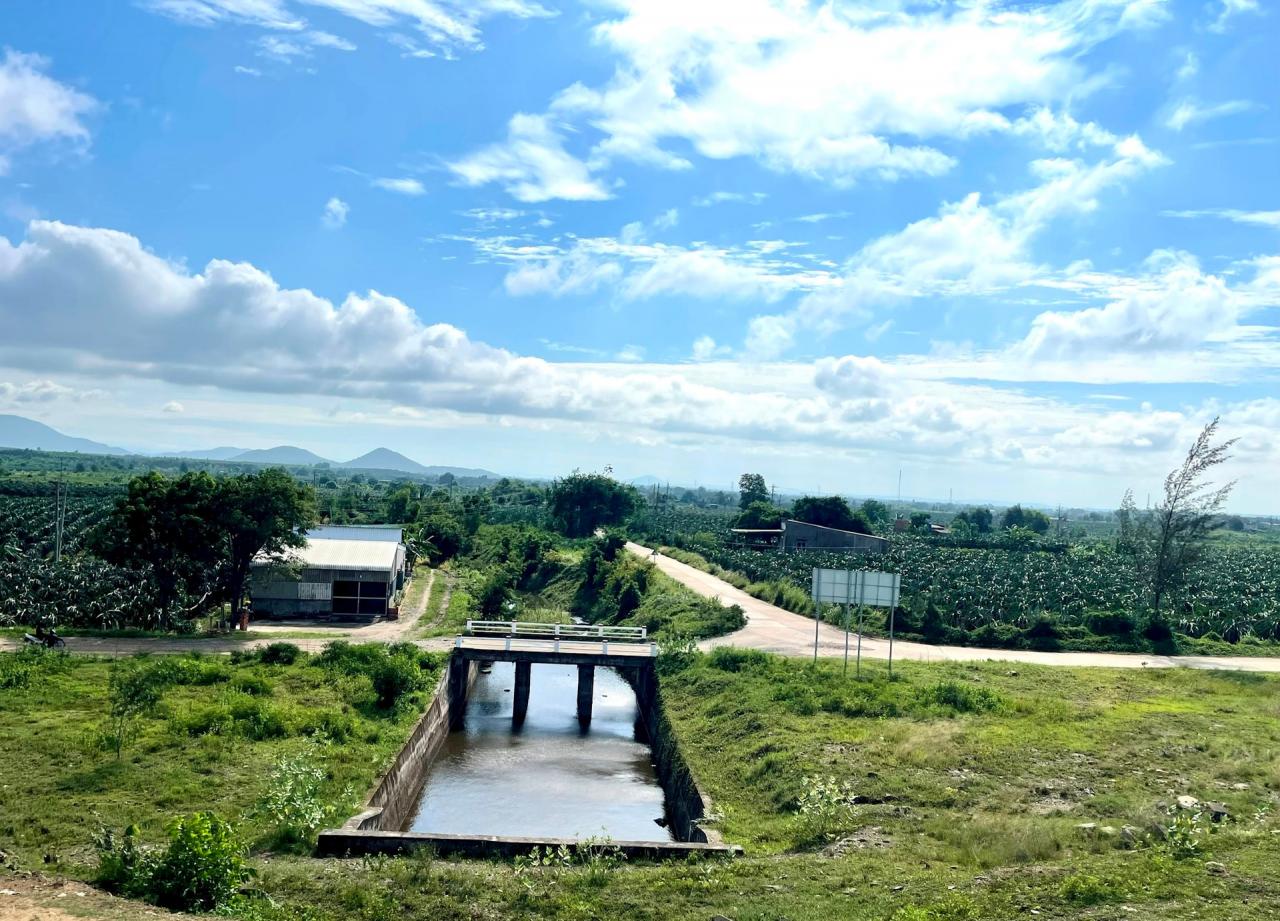
At that time, most of the reservoirs in the province were full of water, some large reservoirs such as Phan Dung, Long Song, Song Mong... had to adjust the amount of water to regulate the spillway to ensure the safety of the reservoir. Along with that, the management unit promptly notified the localities and people in the downstream areas to proactively prevent and limit damage caused by flood discharge.
For example, in Ham Thuan Nam district, the current status of most canals, especially Song Mong - Du Du and Du Du - Tan Lap - Ta Mon canals, are earthen canals, so the regulation process is facing many difficulties. In particular, there are sections that are weak points, leaking water causing loss.
According to Mr. Pham Van Nghia - Head of Du Du - Tan Lap Lake Management Station, before and during the 2023 storm season, the Irrigation Works Exploitation Company - Ham Thuan Nam Branch proactively responded to the weather situation, checked the status of the works and organized the assignment of rooms and storm duty stations 24/24 hours at the reservoirs. For drought prevention work in the dry season, it is necessary to operate, regulate and distribute water to people for production and daily life reasonably, and prevent waste.
According to Binh Thuan Irrigation Works Exploitation Company Limited, the province currently has 49 reservoirs with a total capacity of about 442 million m3 . The task is to provide stable irrigation water for 3 crops/year for more than 41,000 hectares of cultivated land, and at the same time provide raw water for domestic water plants with about 124,000 m3 /day and night. Up to now, the province has invested in upgrading 17 reservoirs, the remaining 14 degraded reservoirs have not been repaired, of which 7 reservoirs have capital plans for upgrading.
Source


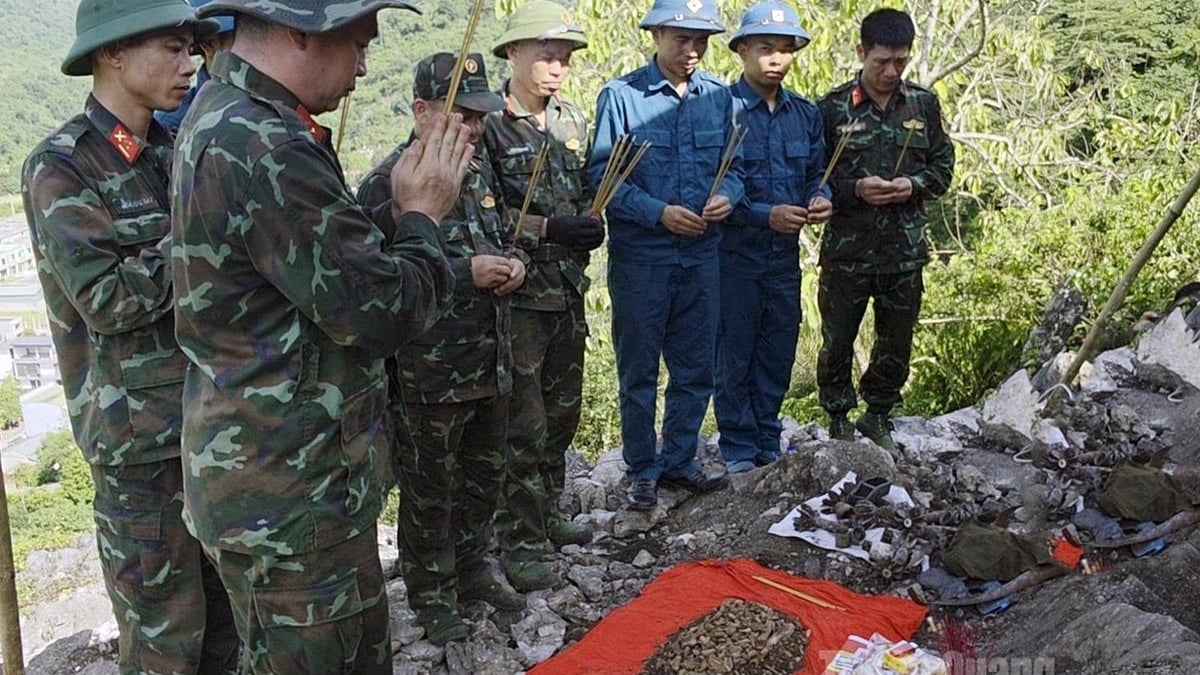



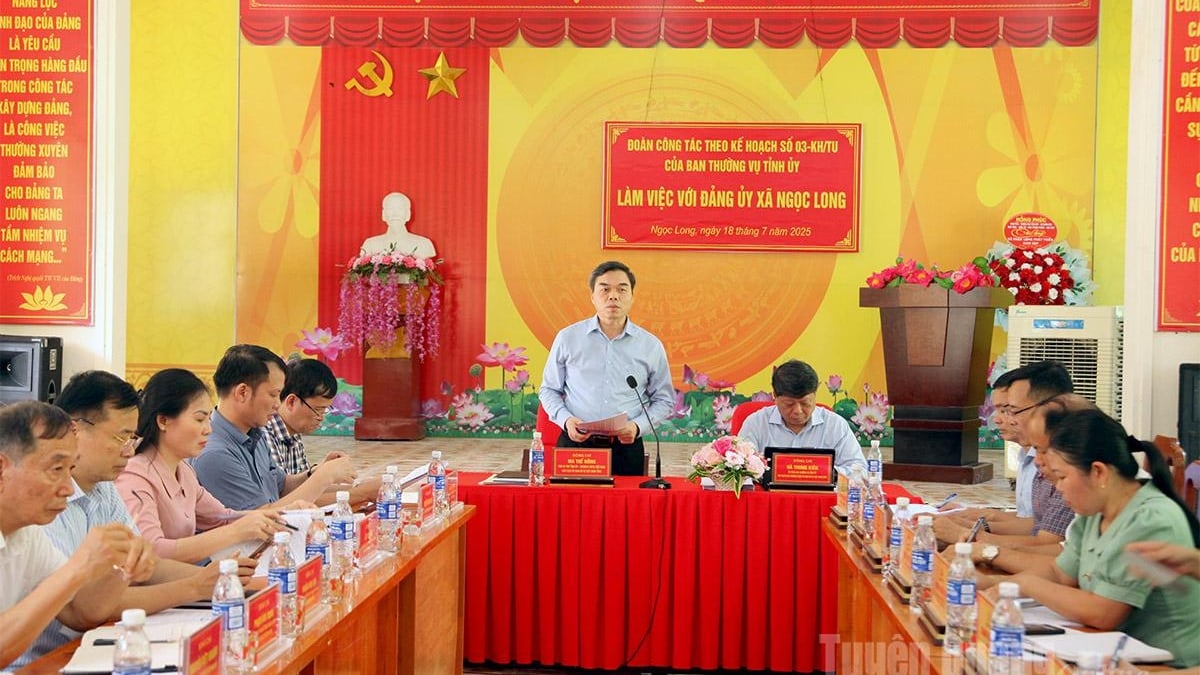

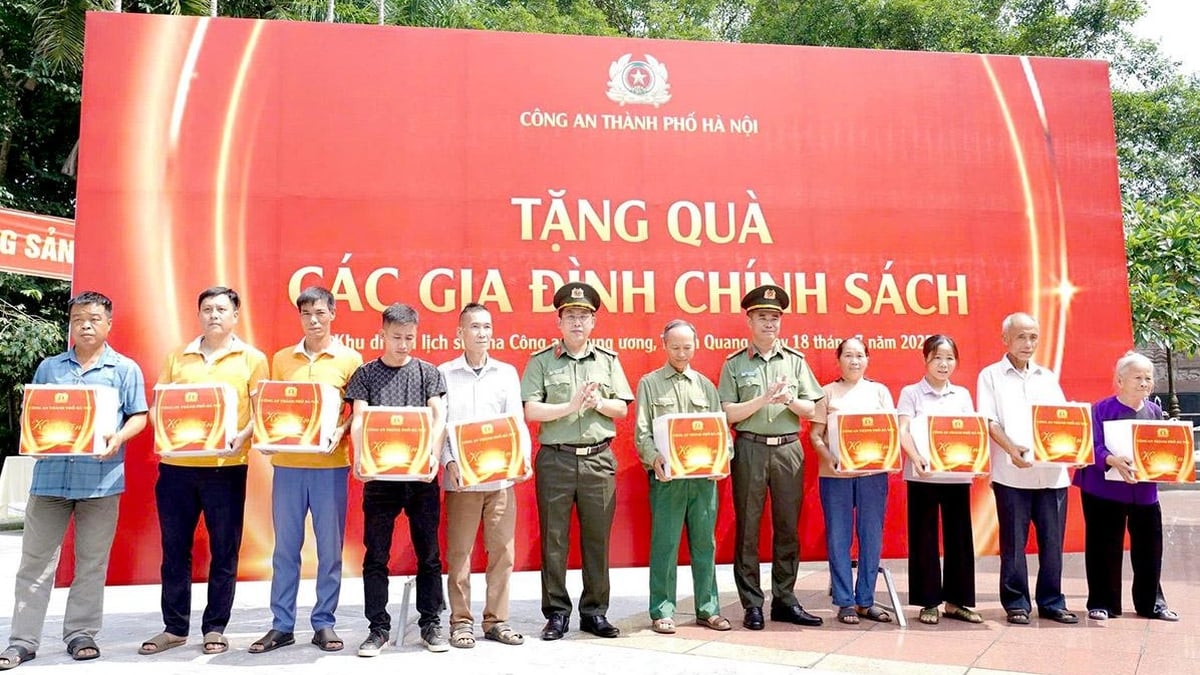




















































































![[Infographic] In 2025, 47 products will achieve national OCOP](https://vphoto.vietnam.vn/thumb/402x226/vietnam/resource/IMAGE/2025/7/16/5d672398b0744db3ab920e05db8e5b7d)





Comment (0)